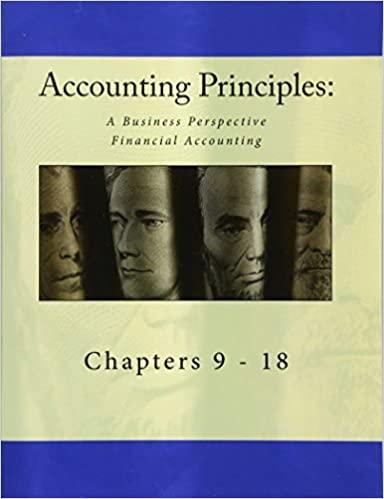DeLuna Ltd is about to open a new factory for the purpose of manufacturing two new new products, Alpha and Beta. The company has already decided to operate the new factory at its maximum output in the first year of operations. Cost and production details estimated for the first year's operations are as follows: Production resources per unit Labour Machine hours hours Product Directly Variable cost per unit attributable Direct Direct fixed prod'n Maximum labour materials overheads production '000 units 7 9 150 50,000 34 27 320 20,000 Alpha Beta 2 11 8 4 There are also general fixed production overheads related to the manufacture of both products which cannot be directly attributed to either Alpha or Beta. These general fixed production overheads are estimated to total 960,000 for the first year of operations. It is also thought that the cost structure of the first year will continue to apply in the second year. Both Alpha and Beta are new products and DeLuna Ltd is one of the first companies to manufacture them. DeLuna Ltd will therefore have the freedom to choose its preferred selling price in the first year of operations. In the second and subsequent years it is believed that the market for Alpha and Beta will have become established and DeLuna Ltd will be forced to conform to the competitive market price for each product. The sales manager has researched the first year's market potential and has estimated sales volumes for various ranges of possible selling prices, as follows: Product Alpha: Range of potential selling prices per unit 24.00 to 30.00 30.01 to 36.00 36.01 to 42.00 42.01 to 48.00 Sales demand (units) 40,000 30,000 20,000 10,000 Product Beta: Range of potential selling prices per unit 92.00 to 102.00 102.01 to 112.00 112.01 to 122.00 122.01 to 132.00 132.01 to 142.00 142.01 to 152.00 Sales demand (units) 22,000 20,000 18,000 16,000 14,000 12,000 The managing director of DeLuna Ltd wishes to ascertain the total production cost of Alpha and Beta because he states: 'Until we know the per unit cost of production we cannot calculate the first year's sales prices. Prices must always be set to ensure that total cost is covered and that there is an element of profit. I suggest that price should be total cost per unit plus 20%. The determination of cost is fairly simple as most costs are clearly attributable to either Alpha or Beta. The general production overheads should be allocated to the products in proportion to some measure of factory usage - labour hours or machine hours, I would say. The choice of whether to use labour hours or machine hours is a pretty insignificant one, so the first-year selling prices should be quite straightforward to establish.' Required a) Produce statements showing the effect that the two cost allocation methods and pricing policy referred to by the managing director will have on: i) Full cost per unit ii) Selling price per unit in the first year of operations ii) Total reported profit for the first year of operations (11 marks) b) Briefly comment on your results in a) above and advise the managing director on the wisdom of his remarks. (5 marks) c) Provide calculations that indicate the optimum selling prices for Alpha and Beta for the first year of operations. Your calculations should indicate the optimum prices in each of the following two scenarios: i) Scenario 1: that demand in the second year will be 25,000 units for Alpha and 7,500 units for Beta ii) Scenario 2: that demand in the second year will be 120,000 units for Alpha and 45,000 units for Beta Under both scenarios the competitive market selling prices per unit in the second year are expected to be: Alpha 33.00 per unit Beta 121.00 per unit For each of the two scenarios, clearly state your advice to the company. (Ignore taxation, inflation, and the time value of money.) (9 marks)










